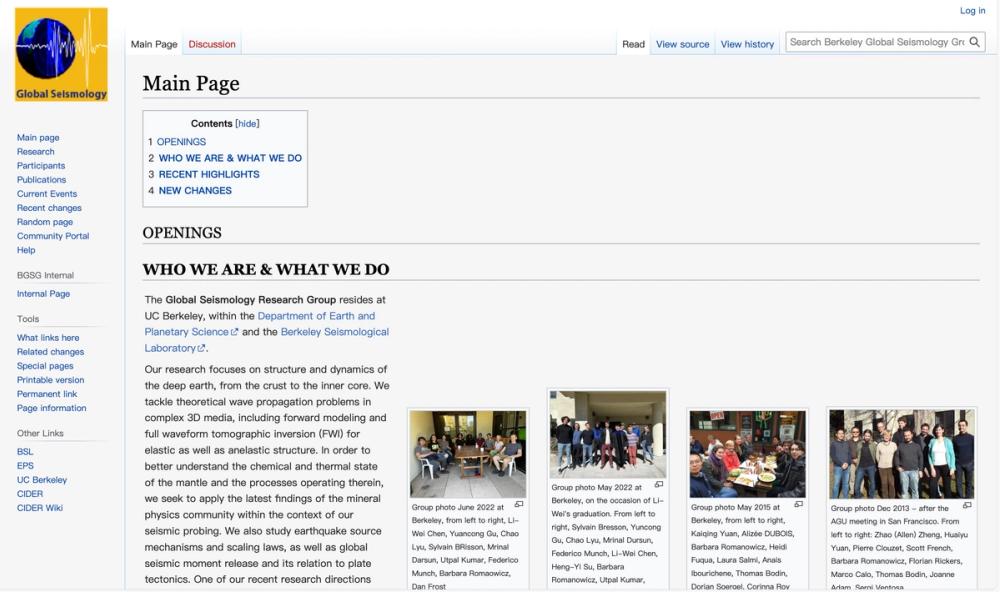Introduction to the Sustainability Geophysics Project
The Sustainability Geophysics Project (SGP) is a leading research group focused on innovative geophysical solutions for a sustainable future. Affiliated with Purdue University’s Department of Earth, Atmospheric, and Planetary Sciences and NUS’s Department of Civil and Environmental Engineering, SGP addresses global challenges in energy, environmental monitoring, and decarbonization.
SGP develops advanced geophysical methods to optimize the energy cycle—discovery, utilization, reuse, and decarbonization. By integrating physics-based approaches with artificial intelligence (AI), we tackle issues like subsurface energy recovery, urban monitoring, carbon sequestration, and waste characterization, all with a focus on sustainability.
Research Focus
- Subsurface Energy Recovery: Using AI to enhance efficient, low-impact resource extraction.
- Urban Monitoring: Tracking above- and below-ground environments for better urban management.
- Carbon Sequestration: Studying geological formations for effective CO2 storage.
- Waste Monitoring: Applying geophysics to manage waste and support a circular economy.
Our Approach
- Physics-Based Innovation: Grounded in rigorous geophysical principles.
- AI Integration: Leveraging machine learning for data analysis and predictive modeling.
- Multiphysical Data: Combining diverse datasets for comprehensive insights.
- Societal Impact: Prioritizing energy efficiency and environmental responsibility.
Our Team
SGP’s diverse team includes faculty, postdocs, and students like Pinghao Wang and Alexa Lytle (joined August 2024) and Yanlong Niu, who defended his thesis in July 2024 and began postdoctoral work at NTU. Led by Professor Arthur Cheng, the first Chinese President of the Society of Exploration Geophysicists, SGP drives global geophysical innovation.
Our Vision
SGP envisions a future where geophysics advances sustainability. Through collaboration between Purdue, NUS, and global partners, we aim to create solutions for a resilient planet. Visit sgpnus.org for more.
Character count: 1848


